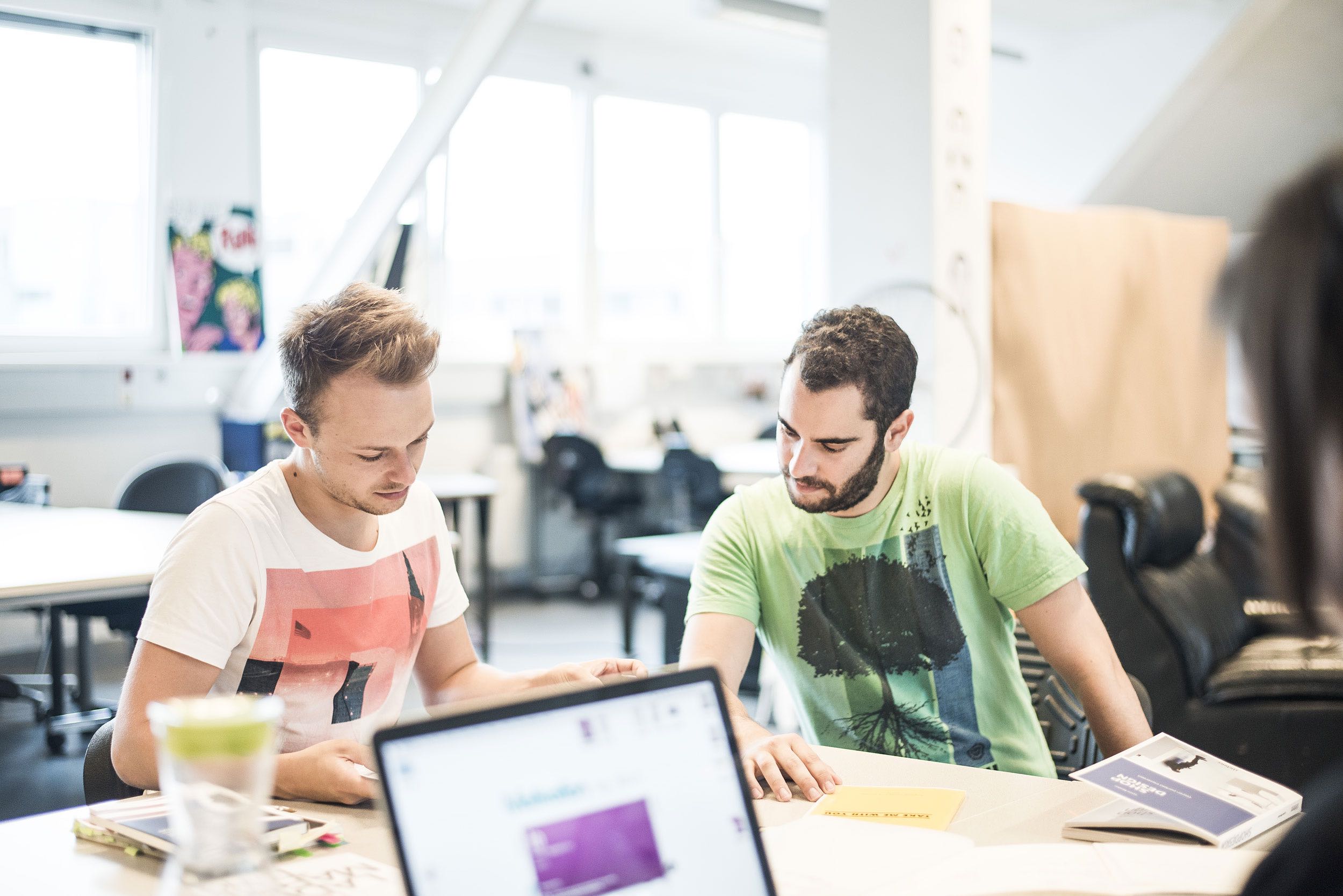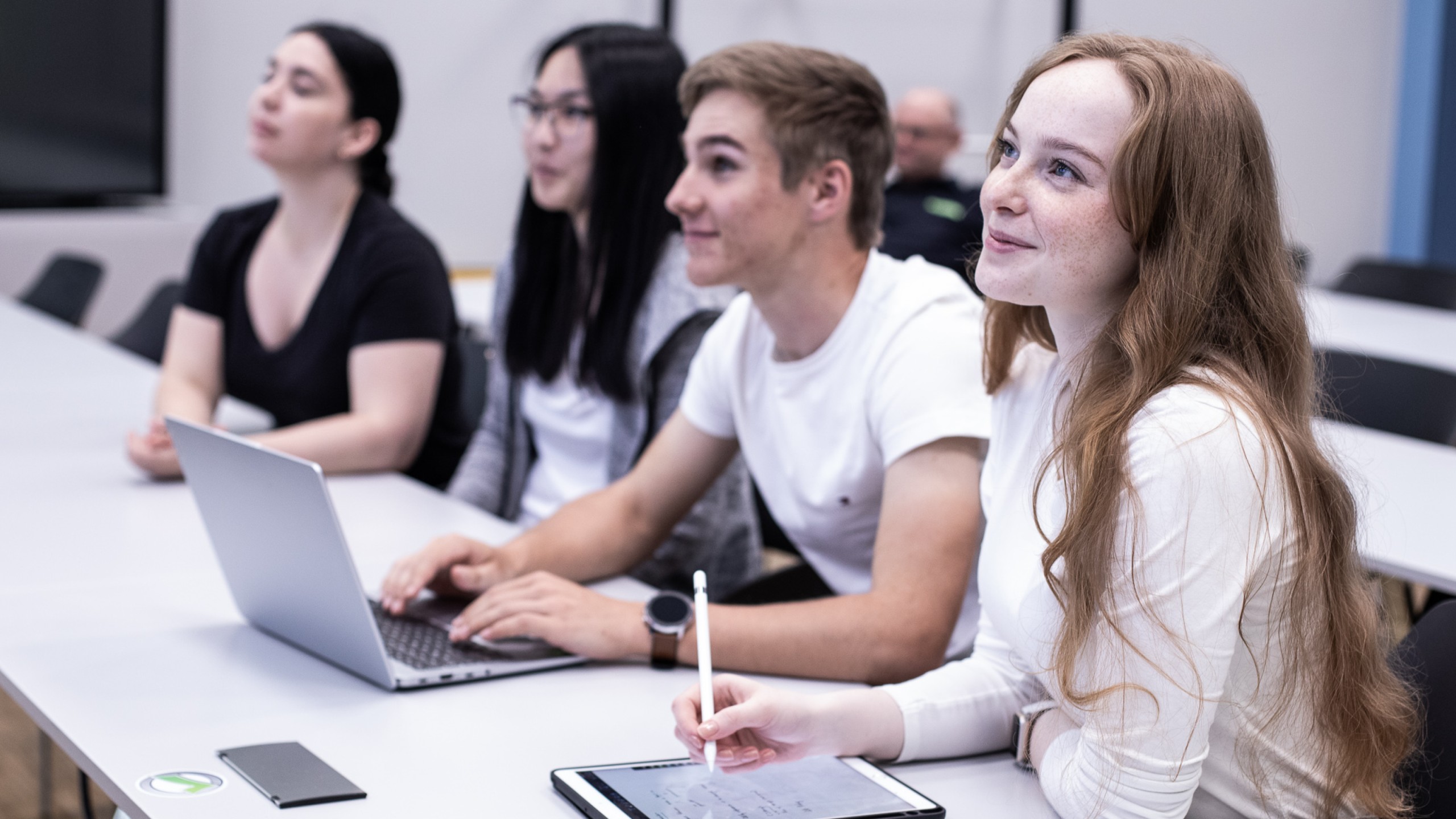
Ready, study, go!
Start your studies top informed.
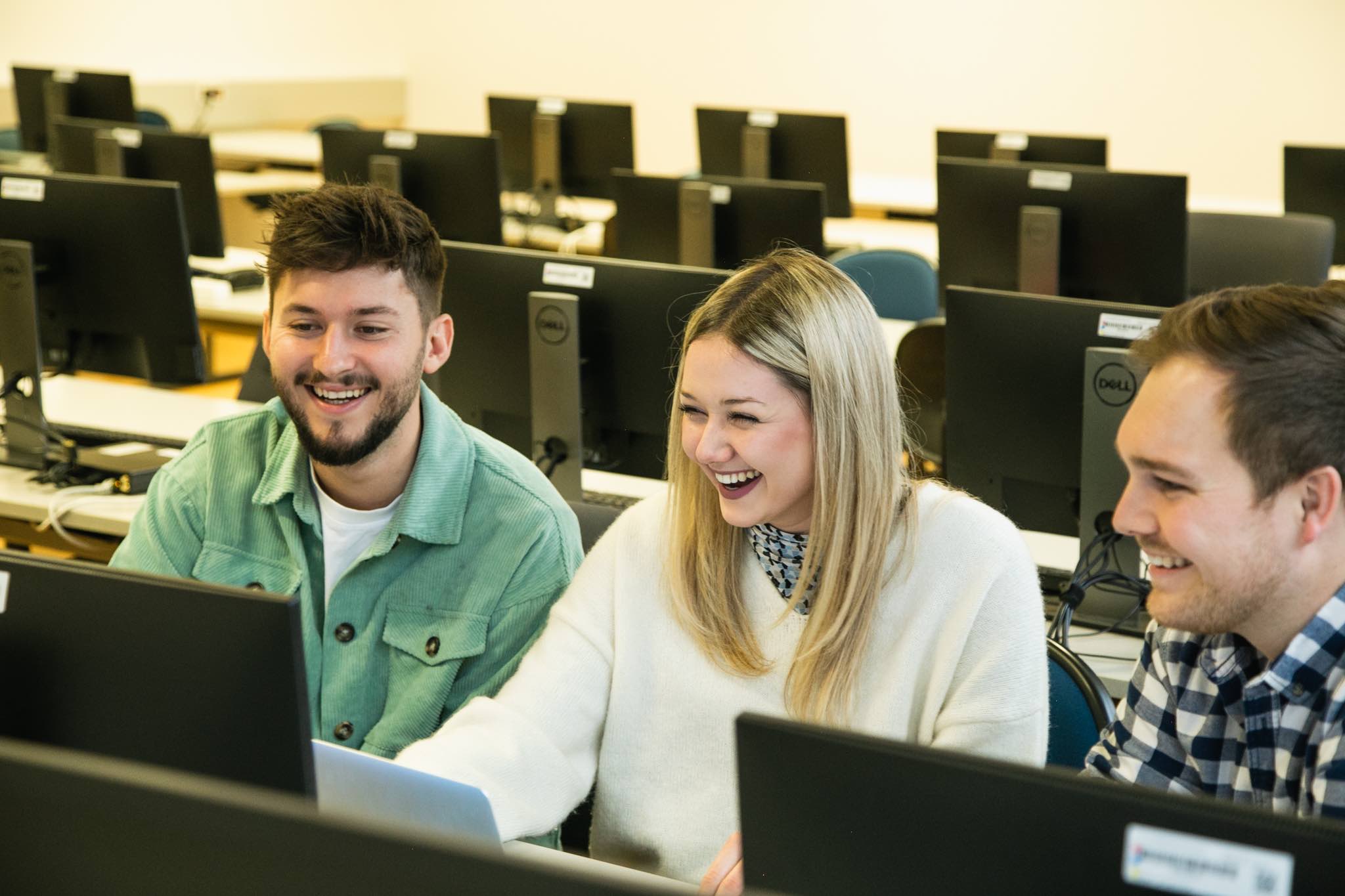
Study your dream!
All information about studying.
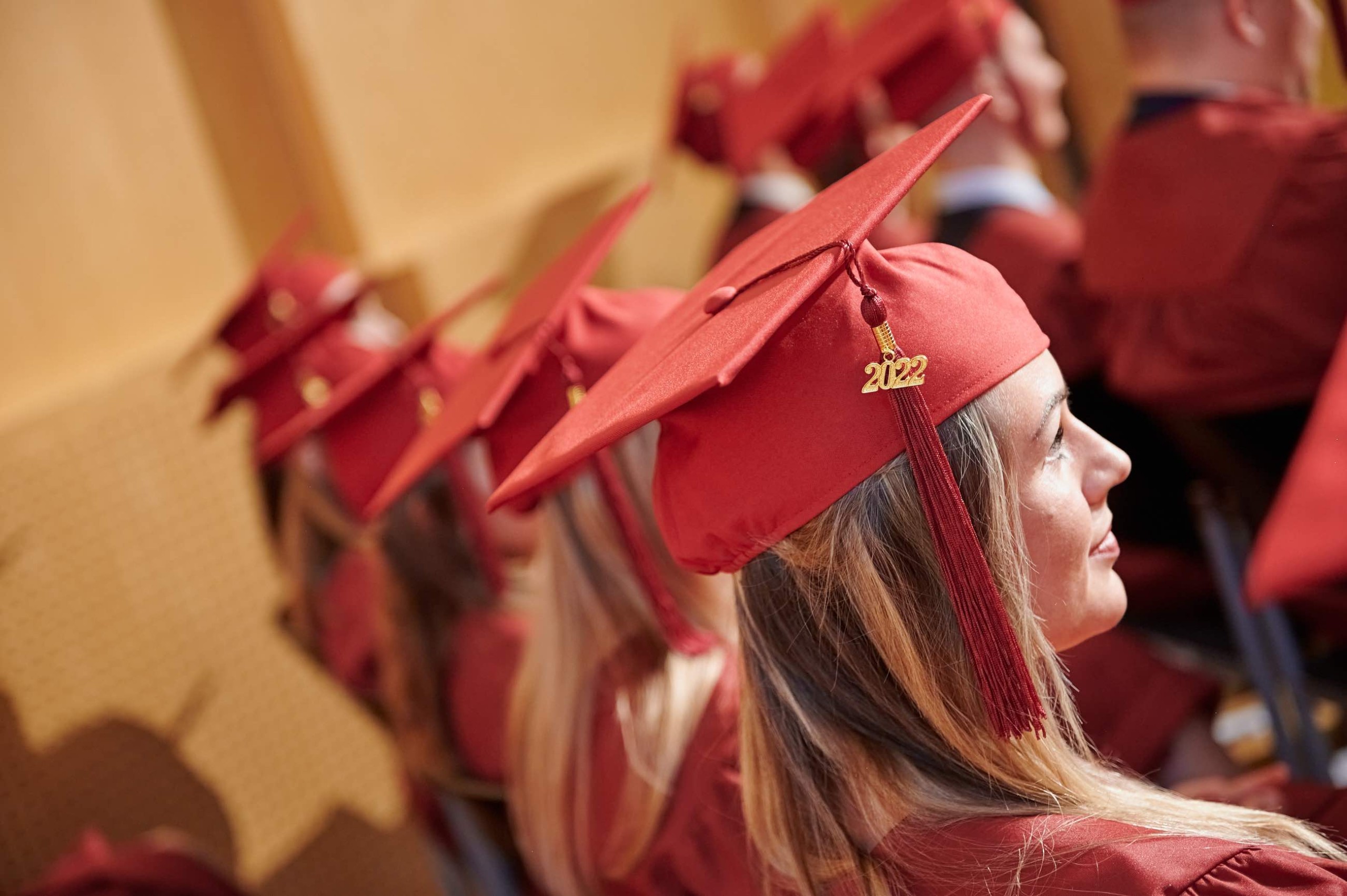
Stay in touch!
Stay connected with the university.
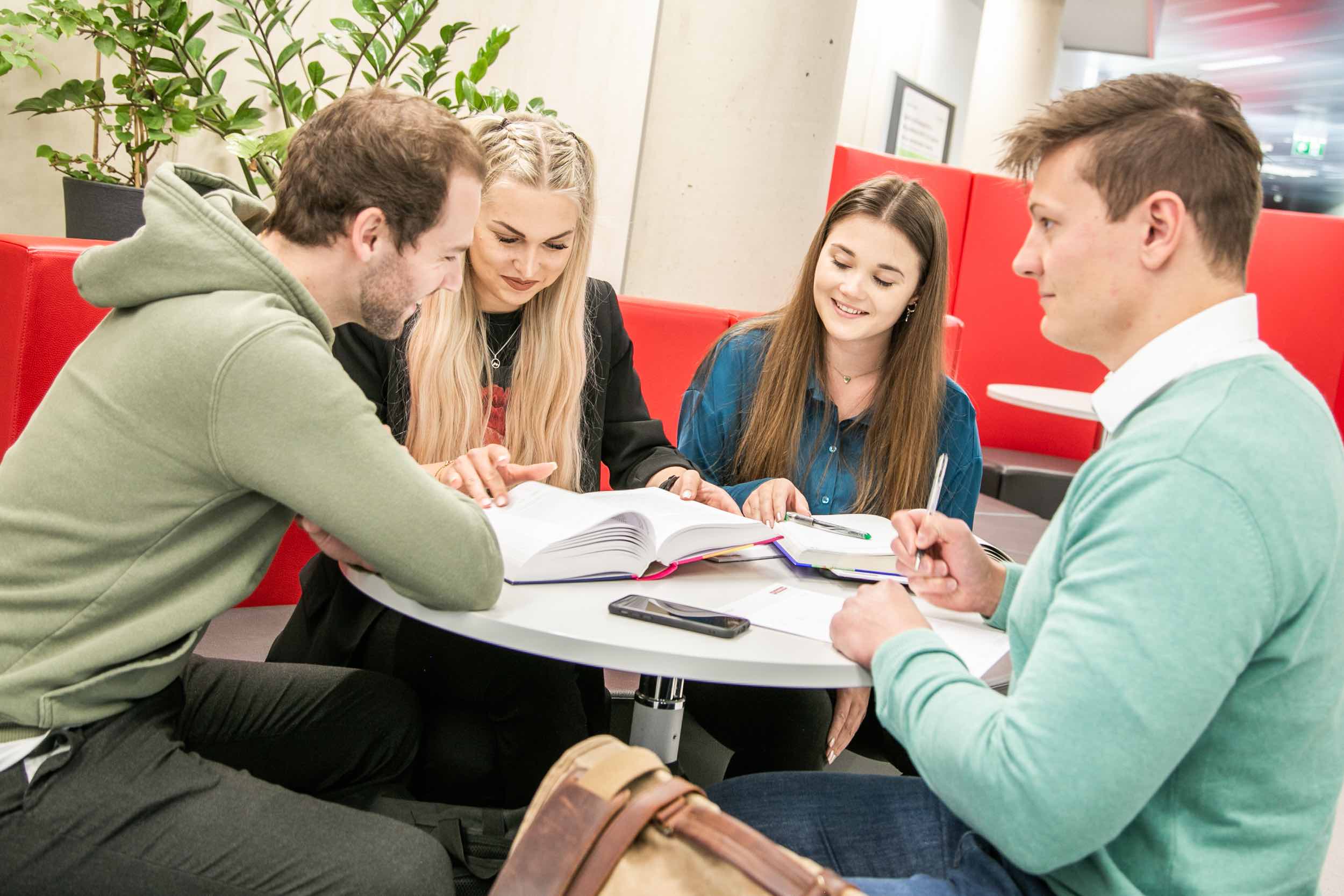
Study with Purpose!
Discover our study programmes.

Educate with Purpose!
Lifelong learning and thinking ahead.
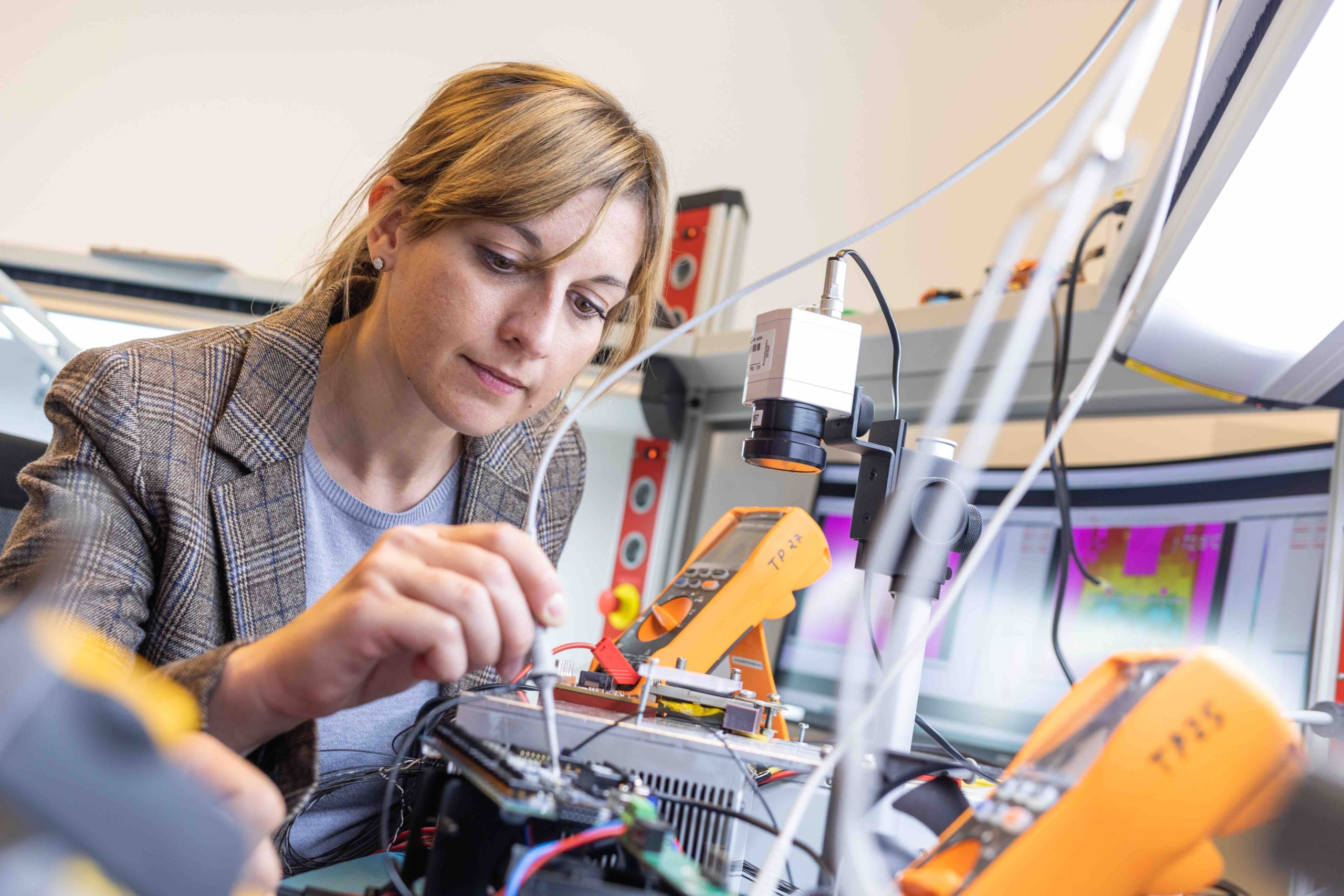
Research with Purpose!
Research from idea to application.

Better together!
As a university we create new opportunities.
The degree programme focuses on designing the new interfaces between people and their environment. A growing number of communication and information systems are finding their way into public and private spaces. The interaction between people and media technologies has thus become a central design task for designers.
We teach the methods of interaction design, creative skills and technical media expertise within a team-oriented and international environment. Special emphasis is placed on aesthetic design as well as effective, comprehensive and emotional design.
The issues covered by the course include web, app, screen and mobile design as well as game design, the design of virtual and augmented realities, information and media architectures and interactive forms of narration and media environments.
Lectures and workshops held by international experts provide insight into issues of topical interest. Our students acquire both business skills and soft skills and have the opportunity to participate in research projects, making them well prepared for a complex and diverse working environment.
What specialisations are available?
You can further develop your expertise in various collaborative projects, by independently exploring design-related research issues and in your final Master’s thesis. Since Interaction Design is such a broad and dynamic field, we offer a wide range of opportunities for professional specialisation: these range from app and mobile design to interface design, media architecture design and interactive media-based narrative forms.
Study mode, self-study and attendance
The Master’s course in Interaction Design is organised to fit in with part-time work commitments with lessons taking place between Tuesday and Friday. The average required attendance during the first three semesters is 19 hours per week. It is therefore possible to combine your studies with a part-time job. The fourth semester is dedicated to writing the Master’s thesis.
During the semester, classes take place from 9:00 to 18:30 from Tuesday to Friday. E-learning sessions are not available.
Self-study
The workload is based on the following ECTS credits: each semester, students are credited with 30 ECTS points for a workload of approx. 750 hours. Around 20 units of attendance are deducted from this during the first three semesters and the supervision of the Master’s thesis in the fourth semester. This results in a workload of approx. 520 hours during the first three semesters, or 34 hours per week. The Master’s thesis should correspond to a workload of 750 to 800 hours.
Attendance
There is compulsory attendance in all courses of FH JOANNEUM. You may be excused if you present a doctor’s certificate to show that you were ill. Students require a minimum 80 % attendance level. If you miss more than 20%, you will fail the course and won’t be able to sit the first examination. The head of degree programme has the final decision about the consequences of absence as well as exceptions to compulsory attendance.
We try to accommodate any extra-curricular design-related activities our students may wish to pursue.
